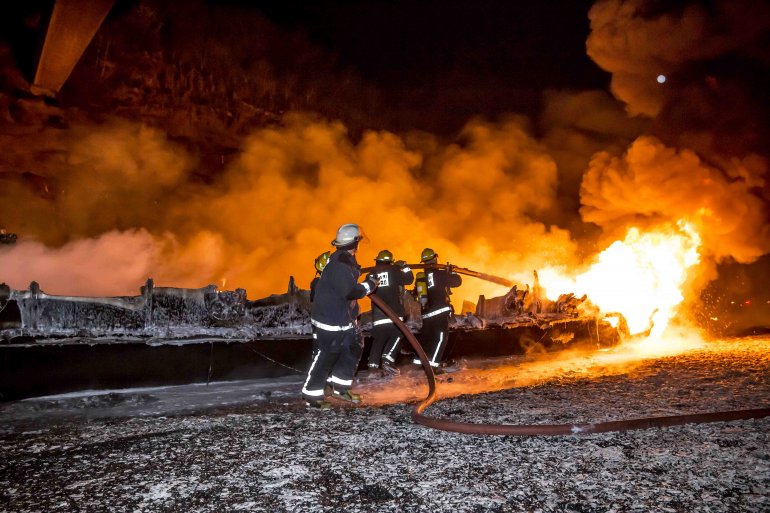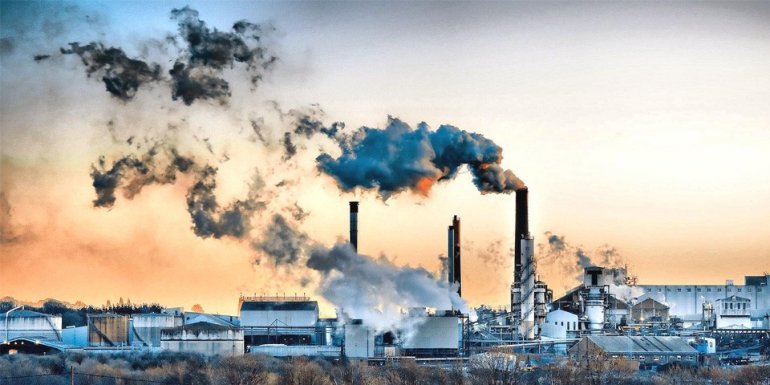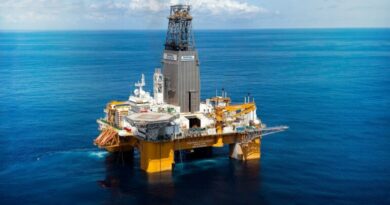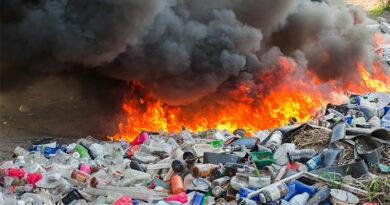Environmental Liability Insurance and Businesses Insurance
The human impact on the environment has resulted in rising concern among the general public, media, businesses and politicians about environmental damage and its effects on climate change. It has become clear that there is a need to protect both the environment and human health.
Companies and corporations should bear responsibility for environmental risks and be held liable for damages. There has been a significant increase in insurance claims driven by natural catastrophes, such as floods and earthquakes. Catastrophic events continue to damage infrastructure for transportation, mining, water and energy, elevating concerns of environmental risk exposure.
Government regulations and compliance guidelines are becoming more stringent and corporate businesses need to be aware of their environmental liability for pollution and other threats to the environment.
The insurance industry has recognized the reality of environmental liability and has made significant changes in commercial insurance as it has become more sensitive to environmental concerns and the potential exposure of its clients.
What is Environmental Insurance Liability?
The nature and scope of operation of many businesses mean that pollution or environmental damage could occur at any time. Environmental liability exposures are often hidden, surprising and catastrophic.
This exposure could potentially lead to a third-party claim for nuisance, bodily injury or damage to property, or a regulatory authority demanding clean-up of land or the restoration of biodiversity, on-site or off-site, and associated legal defence expenses, business interruption etc.
If a business is held responsible for contaminating the environment it could face large, unexpected expenses and a significant threat to its balance sheet.
Environmental liability insurance (also known as pollution insurance or pollution coverage), provides coverage for loss or damages resulting from unexpected releases of pollutants typically excluded in general liability and property insurance policies.
Environmental liability insurance or environmental impairment liability insurance can provide cover for these types of liabilities.
Is Environmental Insurance Liability Compulsory?
The environmental cover is usually discretionary insurance. It could however become a requirement stipulated in a contractual clause, for example, in M&A negotiations or public sector contracts, or to satisfy permitting obligations.
Which Industries and Businesses need to be aware of Environmental Liability Insurance?
Environmental management has moved much higher on the corporate boardroom agenda. Internationally we find new sentencing guidelines for polluters as courts have been told that fines must have a real economic impact on the offending businesses, bringing home to the management and shareholders the need to improve regulatory compliance.
Directors are realizing that environmental issues need to be dealt with rapidly to protect the survival and reputation of their businesses. All businesses need to assess their environmental liability risks and review how their activities could affect the surrounding environment. Natural or man-made pollutants can be released through many different processes, and they take several different forms—including gases, powders and liquids.
Any business that could cause pollution or otherwise incur responsibility for pollution liabilities should consider the value of environmental liability insurance. Those who seek organisational change, such as mergers and acquisitions (M&A), divestitures, or property transactions, should also consider the environmental liability apportionment in the sale agreement and consider measures for risk mitigation and whether insurance could offer an effective solution.
Industries and businesses where special caution and attention are required include:
- Accommodation & Food Services
- Agricultural and farming business
- Airports and ports
- Chemicals
- Construction
- Electricity, gas and water supply
- Energy production
- Food & Drink
- Hotels
- Manufacturing
- Oil and gas service providers
- Pharmaceuticals
- Petrochemicals
- Renewable energy
- General retail,
- Petrol retail
- Wholesale and retail trade
- Transportation and storage
- Utility contractors
- Waste, including recycling, waste to energy plants and treatment

Types of Environmental Liability Insurance Policies
There are generally three main types of risk scenarios – Where pollution or environmental damage is caused on owned sites, for activities away from own sites (for example, at customer or third-party sites), or both.
Examples of these types include:
Site-specific Environmental Liability insurance
- Best suited when liabilities are most likely associated with the ownership and occupation/operation at fixed sites (with transportation added under a separate insurance section).
- It does not matter whether the pollution is caused by the insured or by a third party, as long as the pollution is emanating from the insured location (not fault-based).
- Historic (legacy) pollution conditions as well as new (operational) pollution conditions can be covered.
Contractors Pollution
- Best suited where operations or projects are undertaken are at a customer site.
- Only pollution caused by the insured activities is covered.
- Only new pollution conditions can be covered, which includes liabilities arising from the mobilisation of pre-existing contamination caused by covered operations.
- Customer locations do not need to be listed on the policy.
- Broad policy forms often include transportation and first-party business interruption arising from pollution.
Other types of environmental liability insurance exist
- Environmental consultants’ errors and omissions policies cover consultants who advise third parties about environmental conditions.
- Environmental contractor policies cover operations that a remediation contractor performs.
- Environmental testing laboratory coverage addresses the liability of firms that analyze hazardous materials in the soil, ground or air.
What is covered under Environmental Liability Insurance?
Environmental pollution incidents can have damaging consequences for a business and not all aspects are always fully considered when assessing whether you are adequately covered. Coverage should kick in both for incidents that are “sudden and accidental” and “gradual.”
Generally, coverage includes
- Statutory clean-up requirements
- Bodily injury and property damage
- Third-party claims resulting from pollution or contamination incidents.
- Legal Costs and expenses
- Nuisance claims
- Loss prevention costs
- Business interruption in respect of expenses, loss of income and rental value
- Contractors’ operational costs
Some practical examples:
- A malfunction of holding tanks on your property e.g., an oil tank
- A product your business is transporting e.g., pesticides
- Fire on your property e.g., composting green waste
- Poorly operating drains causing run-off of oil in water supply e.g., in a car park
- Dust arising from construction work
- Coverage for risks connected to historic contamination or operational issues, such as mould, lead paint, asbestos, Legionella or indoor poor air quality.
- Bio-diversity damage or environmental damage to protected sites or sites of scientific interest.
- Ships and other vessels usually carry pollution clean-up indemnity, which covers oil spills and other toxic substances.
- Underground storage tank pollution liability fulfils the requirement that tank owners and operators demonstrate they can pay the cost of cleaning up leaks and the resulting damage.
For claims that often arise during construction, as well as when your system is operating
- Mobilisation and exacerbation of pre-existing pollution – such as piling contractors mobilising contaminated perched groundwater
- New pollution conditions – for example, a diesel leak from a generator
- Biodiversity damage – for example, and erection of wind turbines in a conservation area
- Once operating
- Anaerobic digestion – odour, digestate leak or fire
- Biomass – odour, fire or air emissions
- Wind farms: biodiversity damage – bird migration, habitat destruction, coastal erosion or infrastructure impacts on land (substations)
- Hydro–fish migration, coastal erosion
Used in conjunction with a well thought out Environmental Management plan, environmental liability insurance it can help mitigate against future losses and protect you and your business. It can also provide a cost-effective means of transferring exposure, removing the potential costs from your balance sheet.
Conclusion
Environmental insurance is best used alongside an environmental management system to ensure businesses are financially protected in a constantly changing world. Remember, environmental management systems do not eliminate risk. The environmental liability insurance policy offers some peace of mind in the boardroom that those risks do not financially destroy the business!
[In April 2022 it was announced – MiWay launches Environmental Transport Liability product]
Also View:
Safe Transport of Dangerous Goods
Road Freight and Environmental Liability Insurance
Construction And Environmental Liability Insurance




